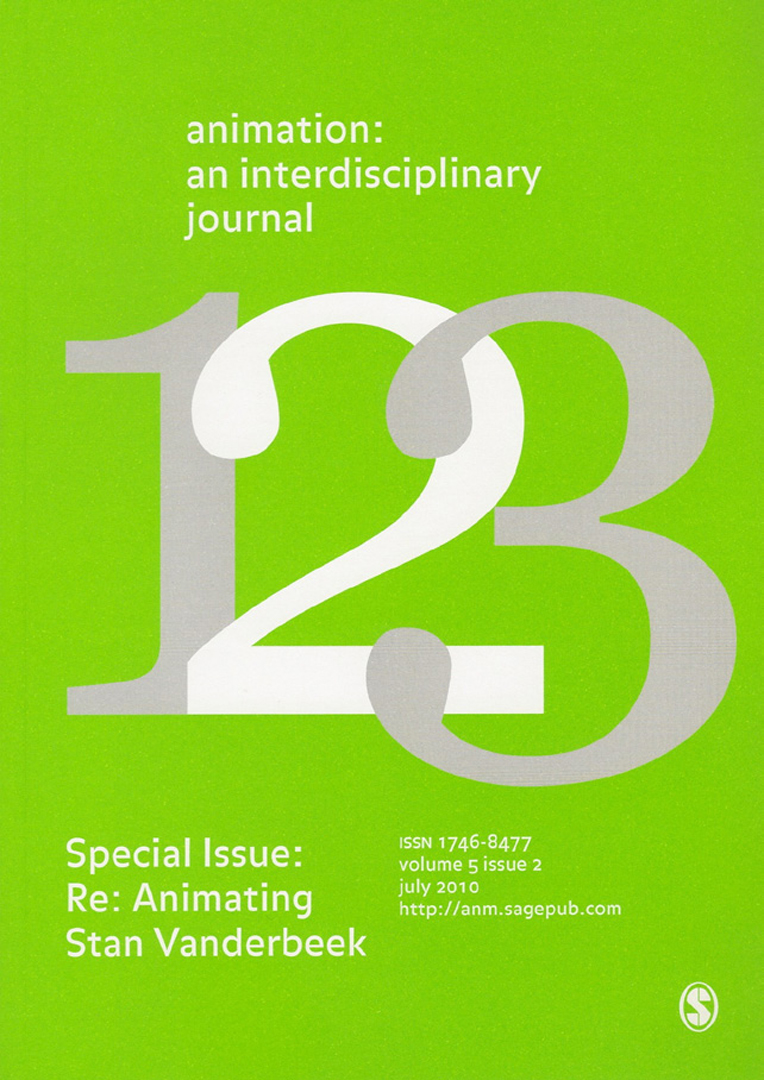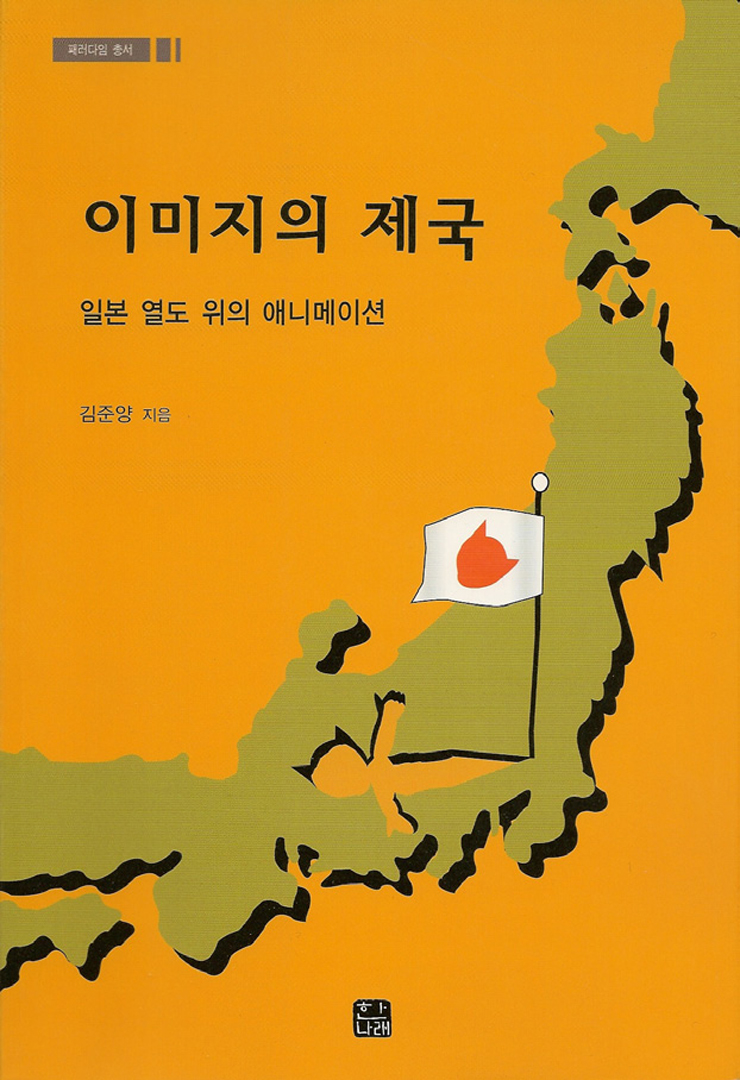Joon Yang Kim: Works of Joon Yang Kim
Artist(s):
Title:
- Works of Joon Yang Kim
Exhibition:
Medium:
- Journal/Book
Category:
Artist Statement:
Animation: An Interdisciplinary Journal / provides the first cohesive international peer-reviewed publishing platform for animation that unites contributions from a wide range of research agendas and creative practice.
Animation: an Interdisciplinary Journal is essential and stimulating reading for academics, researchers, students, curators and practitioners in animation, film and media studies, cultural studies, critical theory, architecture, art & design, computer sciences, games studies and visual culture.
Especially since the digital shift, animation is increasingly pervasive and implemented in many ways in many disciplines. The journal’s scope is very comprehensive, yet its focus is clear and simple. The journal addresses all animation made using all known (and yet to be developed) techniques – from 16th century optical devices to contemporary digital media – revealing its implications on other forms of time-based media expression past, present and future. Special features include new theories and methodologies, radical contemporary practice, microanalyses of individual films, archive news, teaching, learning and research resources and industrial innovations foregrounding specific disciplines and their interrelations with others.
Animation: an Interdisciplinary Journal is a dynamic forum for promoting exchange between a multitude of disciplines and will facilitate a much-needed academic dialogue for the interdisciplinary nature of animation studies.
The book, Empire of Images: / Animation on the Japanese Islands, is an anti-Orientalist explora – tion of Japanese animation with a lot of issues and questions about the subject.
Cinema Digital Seoul_Film Festival / is focused on digital cinema created by emerging Asian talents and other international programs, par- ticularly cooperating with Computer Animation Festival, SIGGRAPH ASIA.
An excerpt from the paper read at ACCF 2009 /
Let me introduce the two latest remarkable short films by the second-generation independent animators to suggest other aesthetic achievements with embracing the last two of the features I mentioned.
One is A Coffee Vending Machine and Its Sword directed by CHANG Hyung-yun release in 2007. Partly inspired by A Terra-Cotta Warrior directed by Ching Siu-tung, this film shows a male warrior who reincarnated as a coffee vend- ing machine in the twenty-first century Seoul from old times, and sometimes turns back into a human body. Such a physical condition is a metaphor for his actual way of living as an irregular worker in order for him to keep some- how remaining as a swordsman. In the last scene, he is advised to take a civil service examination by his girlfriend. His rival warrior is also making a living as a kiddie ride in a zebra form.
The other exemplary film is The Things that She Can’t Avoid in the City directed Park Ji-youn released last year. A female character lives in a town which is being demolished for redevelopment. People who do not own their houses were driven away from the town to become stray cats, among who is her boyfriend. She has no house, either, and she cannot move to another place for her poor financial condition. Her rented house is hung on a crane stopped by workers’ strike in the demolition. Looking somehow romantic or imaginative, these three images from the film suggest what one is likely to face in living for oneself without any real estate ownership in contemporary Seoul. If she does not leave the house, resisting the developers’ demolition, she may be hurt or even killed, much exposed to violence, as with many people in the real world.
What is highly interesting in the two films is the change of characters’ bodies into an animal or non-human body. This is not anthropomorphism, but a Kafkaesque transformation. The former is a human-centric view to the non-human world, while the latter is a line of escape or flight from an established human order, as was suggested by the French philosopher Gilles Deleuze. What is interesting is that corporeal transformation of this kind is one of aesthetic virtues inherent in the form itself of animation. A preceding, well-known example is found in the Japanese animated feature Porco Rosso directed by MIYAZAKI Hayao.
However, the coffee vending machine, the zebra-shaped kiddie ride, and the feline boyfriend in a human male suit are staying and living along a boundary of the human social world. And as the Japanese animation scholar YOKOTA Masao pointed out in his latest book Psychological Analysis of Japanese and Korean Animation, they even keep a complicated, difficult relationship or exchange with entities different from them. The South Korean directors are willing to face and depict someone else’s unprepared, unexpected visit or interference in their artistic practice, at the same time when they draw a line of escape or flight through the characters’ bodies. In other words, their Kafkaesque transformation is not the simplistic result of a passive fear for the real, but a dynamic strategy for living as an independent, autonomous entity, yet keeping in touch with others in local geography. This individualist view suggests definitely a new, practical approach to life and soul for the contemporary South Korean spectatorship formed under the ideology of one and the same nation throughout the last century.
I have talked about some of artistic, aesthetic achievements made in recent South Korean animation. They have been dealt with mostly in the field of animated short. And at the same time, I am not yet sure that it should be possible for discuss the same subject in that of animated feature. Because we barely see one single South Korean animated feature released every year, while seeing more than fifty animated shorts this year alone. The question is whether or not South Korean society will keep supporting indi- vidual animation artists who would make another aesthetic achievement following the preceding ones in their field, based on the Continent of Asia.







